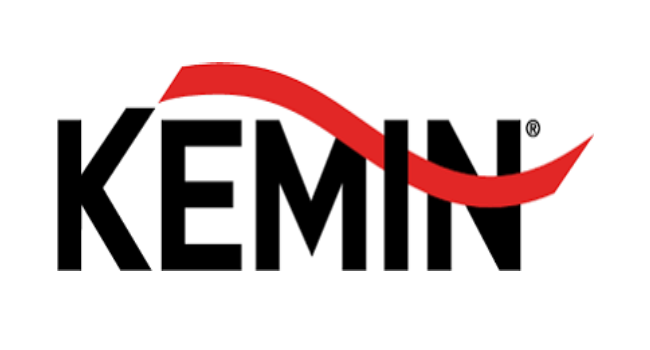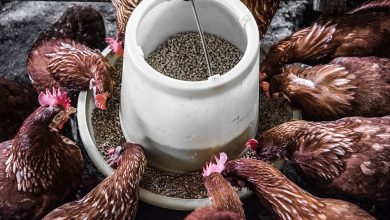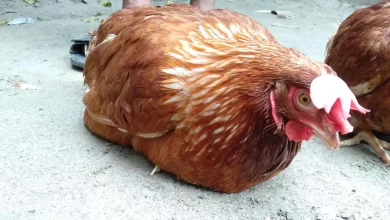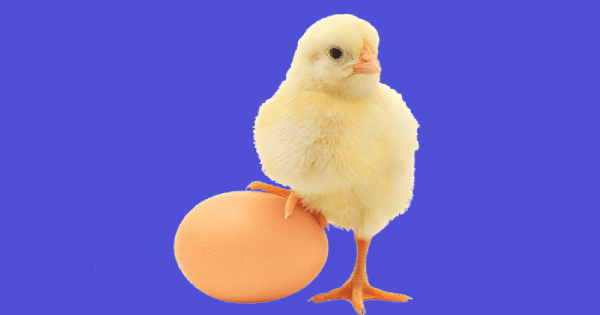Importance of Oxidation Reduction Potential in Water for Poultry

Dr. Krishna Ch. Ojha and Dr. Venket M. Shelke Kemin Industries South Asia Pvt. Ltd.
Introduction
Quality of water is a key component in commercial poultry farming. Birds consume water twice as that of feed, because of limited amount of saliva; hence, it requires water to hydrate and wash down the feed they eat. Water is the major nutrient that regulates body temperature, eliminates body waste and digest nutrients. Quality of water is affected by multiple factors like pH, mineral composition, microbial load, and other organic matters.
Poultry Drinking Water Quality and its Importance
Water quality must have an acceptable range of pH and minimum microbial and mineral contamination. Total body mass of chicken constitutes about 70-80 percent of water that impacts all the physiological functions including body temperature. Water absorbed through consumption of liquid or the breakdown of carbohydrates in the body, to maintain the physiological need of water. Excess water was filtered by the kidneys and excreted through urine.
Factors Affecting Water Quality
- pH
- Water Contamination (source, microbial and mineral contaminations, and water hardness)
Factors Affecting Water Consumption
- Taste: The 316 taste buds of birds can distinguish the sour and bitter taste, and can affect the consumption of water. Hence, birds prefer more acidic than alkaline water.
- Water Temperature: Birds prefer lower water temperature over body temperature and feel acute thirst if the water temperature was more than 2 degree than body temperature.
- Water Flow: Lesser flow of water in nipple increases the thirst in birds.
- Environmental Changes: High temperature leads to high water consumption and vice versa.
- Feed Intake: Birds drink twice the amount of water than feed intake.
- Age: Consumption of water increases with the age of broiler.
What is Oxidation Reduction Potential?
Oxidation-reduction potential (ORP) or redox measures the oxidizing or reducing potential of a liquid. For example, water may be moderately oxidizing (aerated water), strongly oxidizing (chlorinated water or hydrogen peroxide solution) or reducing (an environment where anaerobic microbes are active). In brief, ORP measures the cleanliness of water and its ability to break down contaminants. The measurement varies by checking the safe sanitation of drinking water and monitoring fluid for suitability of anaerobic microbial processes.
Oxidation Reduction Potential
ORP indicates the oxidizing potential of a system, monitor the antimicrobial properties in water, and difficult to interpret in true light (sun light), because it inhibits microbial potential. ORP not only measures free chlorine, but also the chloramines formed when chlorine is added. It measures the efficacy of chlorine residuals as a germicide in millivolts. The potential electrons in water detects the demand of chlorine in eliminating the microbial substances by using electrodes of ORP measures. Chlorine, a strong oxidizing agent and potent sanitizer is effective against gram positive, gram negative, enveloped, non-enveloped, mycoplasma, protozoa. As bacterial and fungal spores are less susceptible, high level of chlorine is required to destroy. Chemical reaction occurs on chlorine addition, resulting in the formation of hypocholorous acid (HOCl), and further dissosiate into hypochlorite ion (OCl). HOCl is higher in acidic nature than OCl as it’s strong in nature than OCl. Oxidizer gains the electron during oxidation resulting in positive ORP values, whereas, loss of electrons during reduction results in negative ORP values. Chlorine dioxide, peroxide, bromine and ozone are oxidizers. Sodium sulfite, sodium bisulfate and hydrogen sulfite are reducers. Oxidizers are fine water sanitizer, which makes the bacteria unstable, leading to cell death by the distruction of cell membrane. ORP provide immediate results of disinfection potential and their germicide results in chlorine residuals. Research studies stated that higher value of ORP (>665) have germicidal effect to kill E. coli and Salmonella within 30 sec. ORP value from 650 to 700 mV will eliminate yeast within minutes of contact time. ORP value at 250 mV of heavy organic load will effect the amount of chlorine necessary for disinfection.
Table-1 shows the summary of results from various lab simulations and commercial hydrocooler survey studies.
| Survival in seconds (s) or Hours (H), Value of ORP in mV | |||
| Pathogen/ Indicator | < 485 | 550< X <620 | > 665 |
| E. coli O157: H7 | > 300s | < 60s | < 10s |
| Salmonella spp. | > 300s | > 300s | <20s |
| Listeria monocytogenes | > 300s | > 300s | <30s |
| Thermotolerant coliforms | >48H | >48H | <30s |
The pH and free chlorine residual influence the ORP. Hypochlorous acid is overriding in water with low pH from 4-7. Higher free chlorine residual of hypochlorous acid has more sanitizing power over hypochlorite ions. ORP increased at high chlorine avaibility, result in higher potential for water sanitation.
Table-2: Acceptable levels of microorganisms in water drip samples.
| Microorganism | Good Quality (cfu/ml) | Maximum Acceptable Level (cfu/ml) |
| Aerobic Plate Count | 0 | <1000 |
| Total Coliforms | 0 | <50 |
| Escherichia coli | 0 | 0 |
| Yeast | 0 | – |
| Mold | 0 | – |
Table-3: Water borne disease in poultry.
| Disease | Route |
| Bacterial Disease | |
| Chronic Respiratory Disease | Fecal contamination of drinking water |
| Colibacillosis | Fecal pollution of water |
| Fowl Cholera | Fecal pollution of water |
| Fowl Typhoid | Fecal contamination |
| Viral Disease | |
| Newcastle Disease | Water contamination by feces and discharge from the respiratory tract of infected birds |
| Infectious Bronchitis (IB) | Fecal pollution or by discharges from the respiratory tract of infected birds |
| Mareks’ Disease | Epithelial desquamation of infected birds in water |
| Avian Encephalomyelitis | Fecal contamination of drinking water |
| Gumboro Disease | Fecal contamination of drinking water |
| Protozoan Disease | |
| Histomoniasis | Fecal contamination of drinking water |
| Coccidiosis | Fecal contamination of drinking water |
Conclusion
Responsive chemical agent eliminates microbial population in water. Hence, evaluate and add chlorine according to the chlorine levels. Biocides with oxidizing ability will promptly eliminate all microbes at a longer contact time and best dosage level. Poultry Industry suggested that ORP value at 650mV will kill all microbes. Recent chlorine products revealed microbial levels at 650mV of ORP. Thus, further re-evaluation is required between chlorine residual, ORP reading and microbial levels. To conclude, efficacy of disinfectant is directly proportional to the acidity of water, and synergistic combination of acidifier and chlorine decreases the microbial load in water. AcidLAC™ Azure, an acidifier from Kemin, contains the destabilizers along with organic acid and phytochemicals that are effective against the microbiota and maintains pH stability. As well, GLANTAB™ is an effervescent water sanitizer tablet that optimizes water quality by reducing microbial contamination of poultry drinking water.




